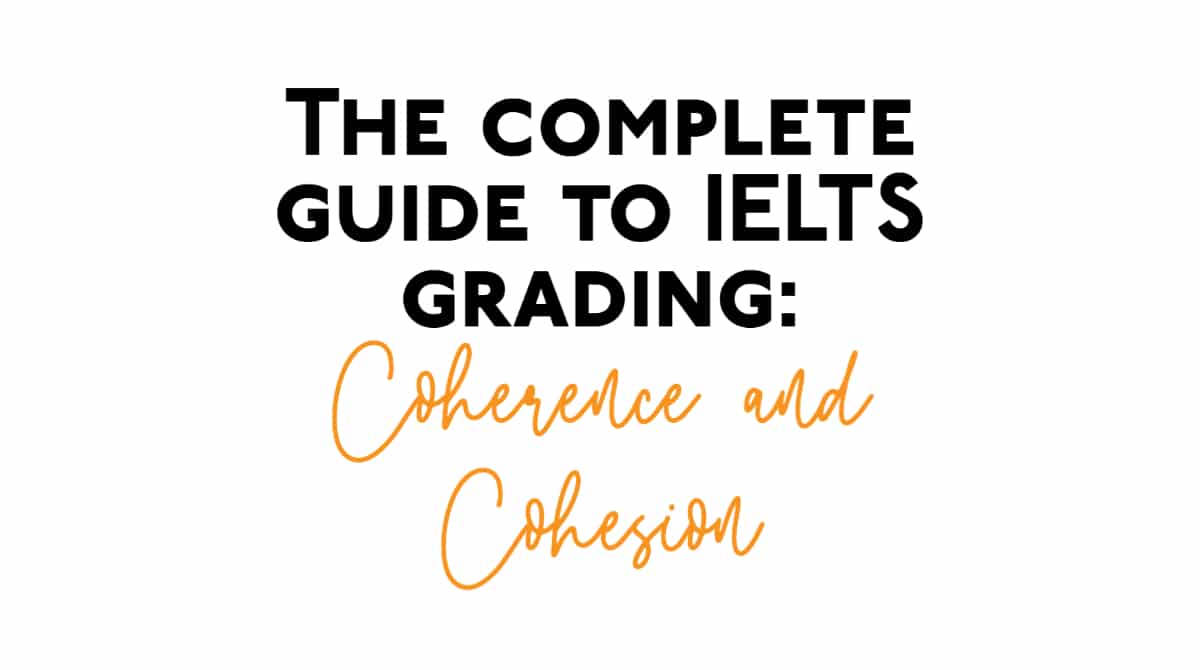The complete guide to IELTS writing grading: Coherence and Cohesion
This is the second part of our series on how the IELTS writing exam is graded. Learning how the exam is graded is essential for your success in the exam. If you don’t know what the examiners are looking for, it’s becomes more difficult to meet their criteria. Make sure you check out our other grading guides on task response, lexical resource and grammatical range and accuracy.




